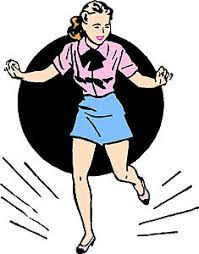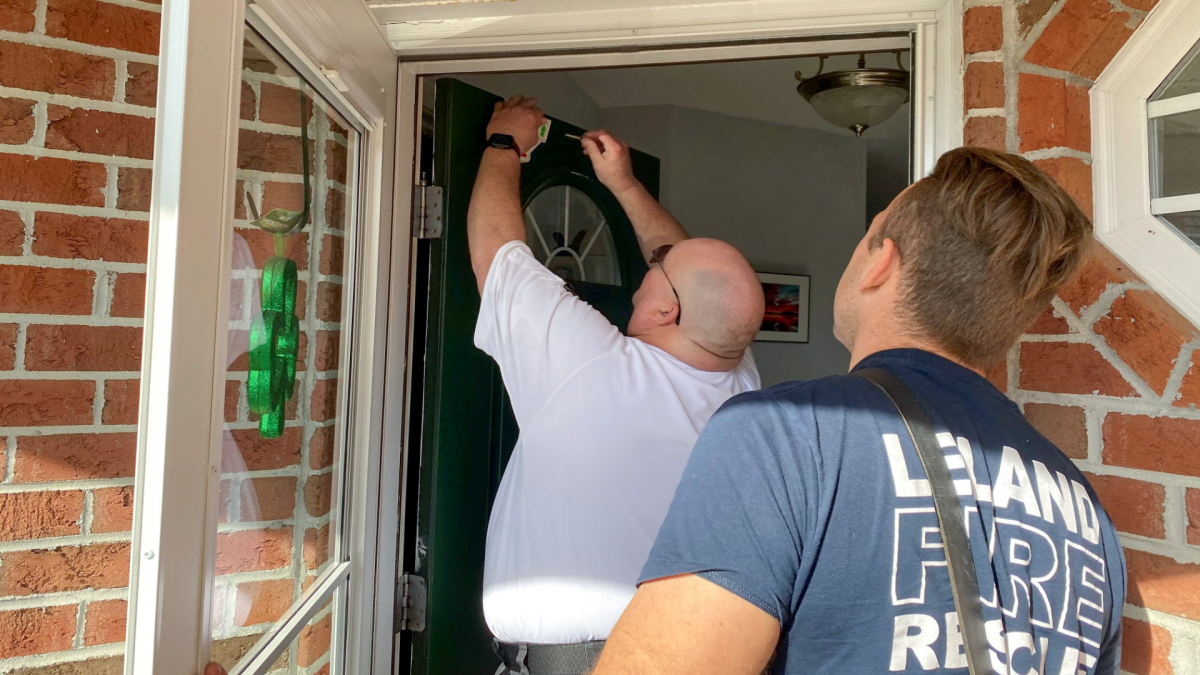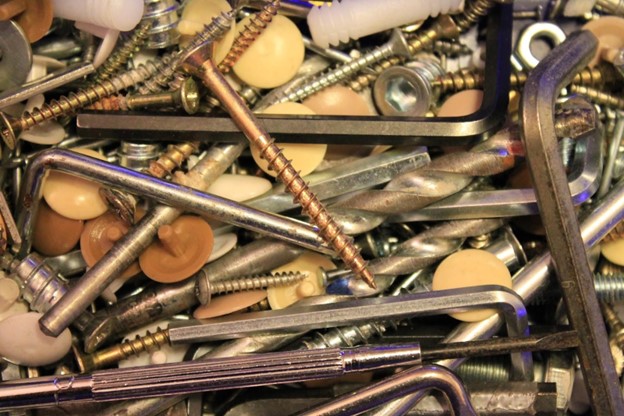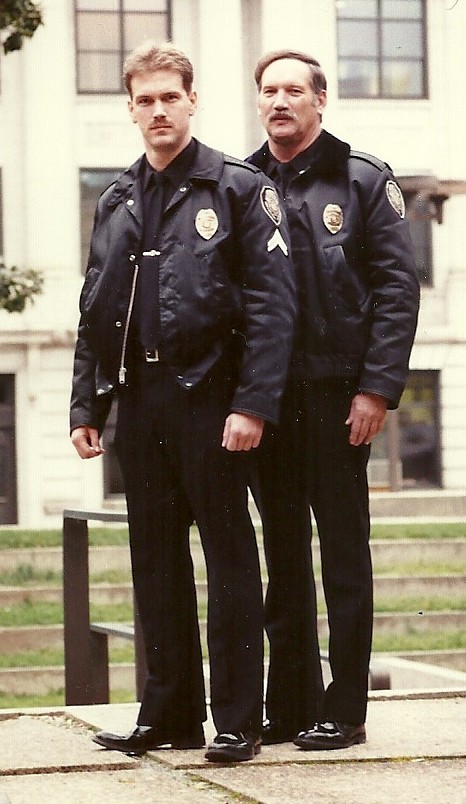As you contemplate your New Year’s Resolutions, make sure one includes learning a new skill. Every time you learn something new, your brain forms new neural pathways while strengthening its existing ones. New challenges also increase the density of your myelin or the white matter in your brain. Experts say these changes improve the “plasticity” of your brain, helping improve performance on many tasks. Some say it can help you learn and remember better, perhaps even forestall dementia.
With this in mind, I took up tap dancing last spring at the Leland Cultural Art Center. I had taken one year of tap in 5th grade and figured it would not be difficult to resume. After all, I jog, bike, and swim, so endurance would not be an issue. Easy-peasy, right? NOT!
For one, jogging, biking, and swimming do not require much concentration. That is why I gravitate to these types of aerobic activities—I can daydream while exercising. Second, each requires moving my feet or arms in the same direction—left, right, left, right. Dancing, however, requires balance, rhythm, and mental flexibility to learn and memorize various steps.
Luckily, our teacher, Nancy Smith of Movement Works, was used to dealing with newcomers and made the sessions fun. She started us off with some relatively easy toe taps and heel drops, slowly increasing the pace. Then we moved on to ball-changes, flaps, and shuffles. As we started to combine the steps and move across the dance floor, I noticed that my left foot was not cooperating as well as my right. Obviously, the neurons operating that side of my body needed more stimulation!
Two other women in the class quickly picked up the dance moves. I watched as they incorporated jazz squares and quarter turns, grape-vining across the floor with style and grace. It turns out both danced in their youth and were taking Nancy’s jazz class as well. It’s all muscle memory, they say, which is why I mustn’t quit. For them, it is like riding a bike again—it comes back quickly since they spent years laying a solid foundation. For this 5th grade quitter, however, that foundation has sagged with age and has some serious cracks to fill first.
To my husband’s chagrin, I purchase a 7’x7’ dance floor kit that we assemble in the upstairs lounge. “I need to practice,” I tell him, and in the beginning, I do, using several YouTube videos for instruction. But it’s not as much fun dancing alone, so I sign up for Nancy’s advanced tap class later in the week. She pushes us a bit harder there but still gears it to the skill level of those in the class. I often find myself off-balance or turning in the wrong direction, but by tapping two times a week, my competence and confidence are slowly increasing.
So maybe, just maybe, those electrical impulses are leaping across my neurons, or I’ve re-awoken some neural pathways that had taken a snooze. At a minimum, I feel more coordinated and stand a bit taller. And some new friends may join me on that make-shift dance floor taking up space in our upstairs lounge. But besides the dance form’s physical and mental benefits, you can’t wear tap shoes without a smile. There’s something emotionally uplifting when you walk in a room with a snappy clickity-click.













